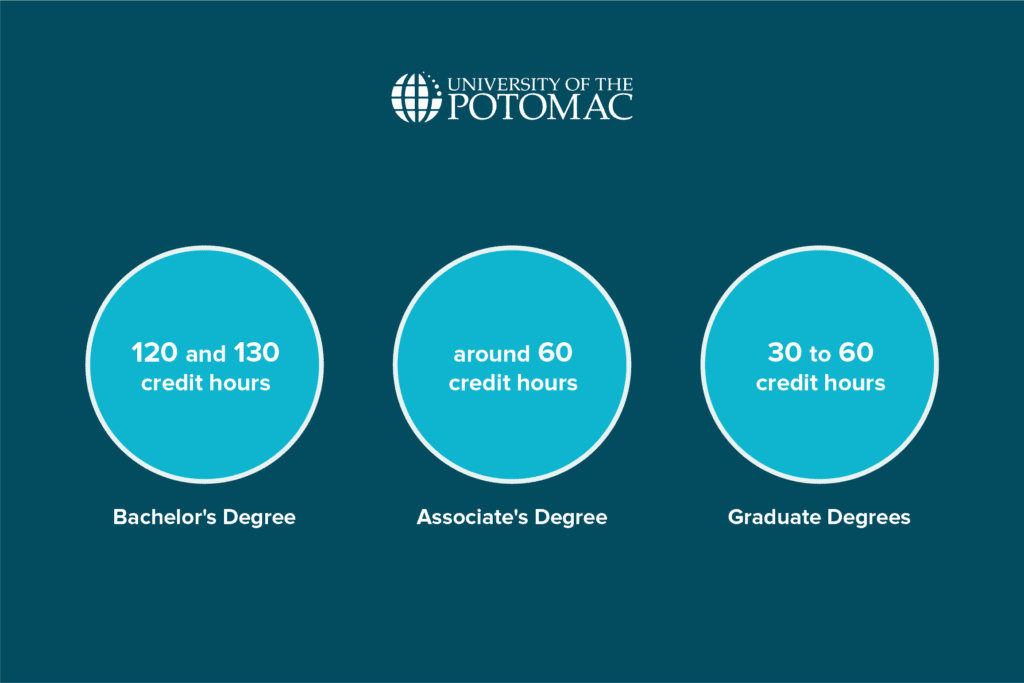A Friendly Guide for International Students
Heading to the United States for your studies? That’s exciting! But as you prepare, you’ll come across a term that might sound a bit puzzling: credit hour.
So what exactly is a credit hour, and why does it matter so much? We break things down in a simple, student-friendly way to help you start your journey with confidence.
What Is a Credit Hour?

A credit hour in the US indicates how much time you will spend in class each week. It also includes the time you’re expected to study outside class.
In simple terms:
- One hour in class plus two hours of independent study per week equals one credit hour.
The majority of college courses are worth three credits, which translates to: - You’ll attend class for about 3 hours weekly
- About six hours should be dedicated to homework and revision.
In order to graduate, how many credit hours are required?
Your degree depends on completing a specific number of credit hours.
Here’s a general idea:
| Bachelor’s degree (4 years) | 120–130 | Master’s degree (1–2 years) | 30–60 | Associate degree (2 years) | 60–65| |
These credits are spread across core courses, electives, and general education classes. You must pass these to earn your degree.
How Credit Hours Work with the US Semester System
The semester system, which is used by the majority of US universities, splits the academic year as follows:
- Fall Semester: August to December
- Spring Semester: January to May
- Optional Summer Session: May to August
To be a full-time student, you must register for at least 12 credit hours per semester, which typically means taking 4 to 6 courses. Taking more than 18 credits is a lot of work and frequently calls for special permission.
Credit Hours and Tuition Costs
Here’s something important—tuition is usually charged per credit hour.
Assume that the cost of a credit hour at your school is $400.For a 3-credit course, you’d pay:
$400 × 3 = $1,200
That’s why smart course planning is key! More time, more money, and more stress result from taking pointless or unsuccessful classes.
Why It’s Important to Understand the Credit Hour System
Knowing how credit hours work will help you:
- Plan your weekly schedule and study time
- Estimate your education costs
- Stay on track with graduation requirements
Continue your studies full-time to keep your F-1 visa status
Tip: F-1 visa students must complete at least 12 credit hours per semester to remain in good standing.
Smart Tips for Success
✔ Talk to your academic advisor before choosing your courses
✔ Don’t try to do too much—balance your load
✔ Mix easy and challenging courses each semester
✔ Take advantage of the summer session to advance or catch up
✔ Always monitor your GPA, which is based on how well you performed during credit hours.
Final Words
The credit hour system may seem a little confusing at first, but it’s actually a smart way to track your progress throughout your studies. Once you understand how it works, you’ll be able to manage your time, budget, and course load more effectively.
Our mission is to make your transition to studying in the USA smooth and stress-free. Keep visiting us for helpful guides, practical tips, and answers to your most important questions.









